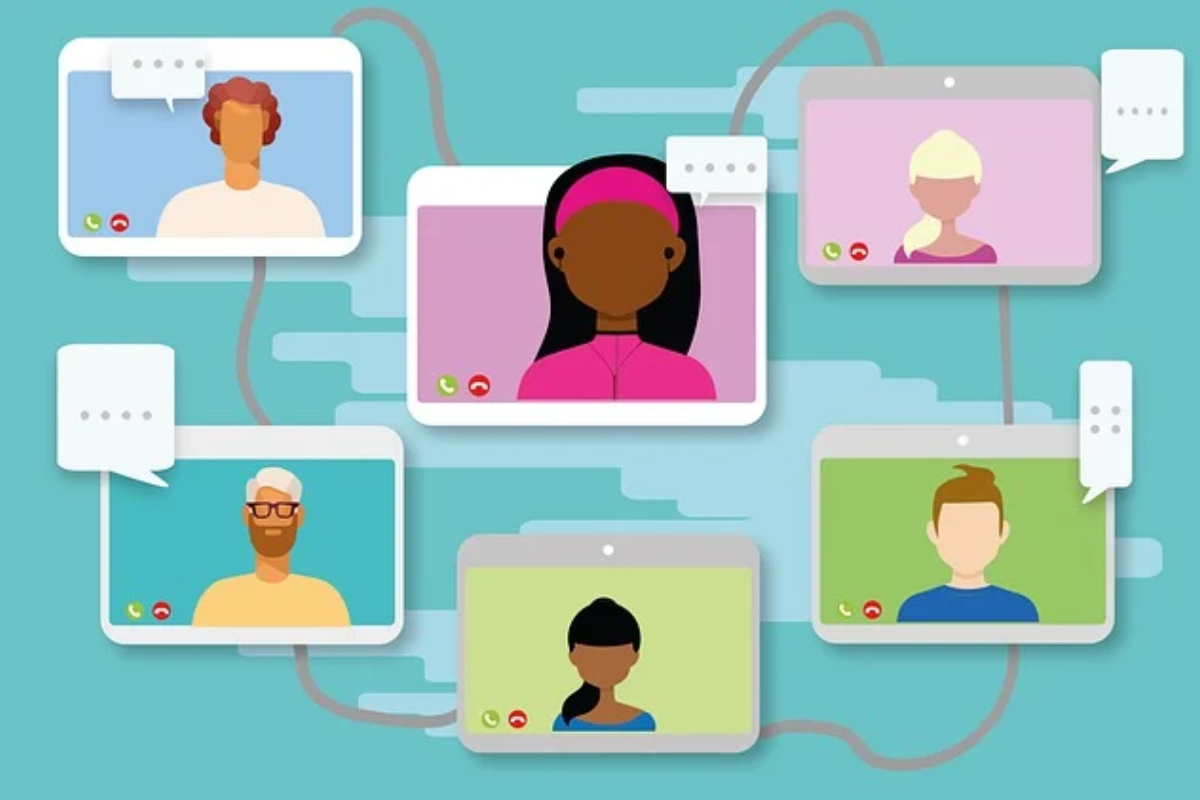
Conflict Resolution In Remote Work: Strategies For Virtual Teams
Posts by Alan TaylorFebruary 7, 2024
Some people may be under the impression that when teams work remotely, conflict tends to disappear.
However, as more and more people work from home and being employed remotely becomes more the norm than the exception, one thing becomes clear: human nature does not change simply because people do not share the same geographical space.
On the contrary, it seems that even remote teams can be inundated with conflict and may require the intervention of a conflict resolution professional development team and the implementation of specific conflict resolution strategies.
What Are The Main Sources Of Conflict In Remote Teams?
There are several reasons conflict may be present in the interactions between members of remote teams.

Some include:
Breakdown In Communication
When communication between team members happens through text messages and emojis, misunderstandings and misinterpretations are a common occurrence.
Cultural Differences
Remote team members may experience conflict and aggression because of varying cultural expectations and norms.
Time Zone Differences
When people are working from home, it’s common for team members to be in different cities, thus also having various time zones.
Coordinating meetings and calls across different time zones may lead to frustration and conflict.
Work Responsibilities
Team members may incorrectly perceive that it’s up to them to handle the majority of the responsibilities for a project when this may not be true.
If there is no clarity regarding what each team member has to achieve, misinterpretations regarding workload can be common.
Performance Issues
Team members may be dissatisfied with the performance of one or more of their teammates, but workloads, distance, and time zones may make it impossible to have the time for an open and honest conversation, leading to conflict and misinterpretations.
Remote Team Conflict Resolution Strategies
If face-to-face interactions are impossible now or in the future, it’s understandable that misunderstandings and misinterpretations will grow and fester.
To prevent these interactions from deteriorating further and return to a healthy work environment, effective conflict management strategies must be implemented.

Establish Communication Protocols
Employees must be made aware of communication policies that include expectations for availability and responsiveness. They must also know what the preferred communication channels are.
Guidelines must outline response times, in what situation text messages are acceptable, and when other methods of communication must be used.
When sensitive topics or conversations are needed, ask team members to use video conferencing to help establish better understanding. Discourage the use of text messages in these situations.
Inform team members that there will be regular meetings to talk about ongoing projects. Let all employees know that there is a culture of open feedback and that constructive criticism is always well received.
Promote Understanding
Being aware of the diversity among team members who work in different geographical locations is key.
Make everyone aware of the existence of cultural differences and encourage them to embrace diversity.
Members of the team must receive training and resources to be better equipped for the interactions with team members.
If needed, plan activities that will strengthen the relationship among team members. This may be as simple as scheduling some time when everyone can gather in a virtual meeting to socialize and share a cup of coffee.
Spending time together can help build rapport and trust, making it easier to resolve conflicts should they arise in the future.
Create A Conflict Resolution Process
No matter how many proactive steps are implemented to avoid conflict, issues can still rear their ugly head when you least expect it. Therefore, it’s essential to inform all employees of the conflict resolution process.
Oftentimes, remote workers have never met in person, and even though they may generally be able to work well as a team, there is only a virtual link between them that may be quite frail when conflict arises.
Before that can happen, designate a neutral party such as a representative from Human Resources as the official mediator.
They should also receive conflict resolution training and be aware of the best way to contact this designated mediator when they require help.
Team members should know that the company embraces problem-solving, active listening, and feedback without fear of retribution. This will make for a more pleasant and secure work environment.
